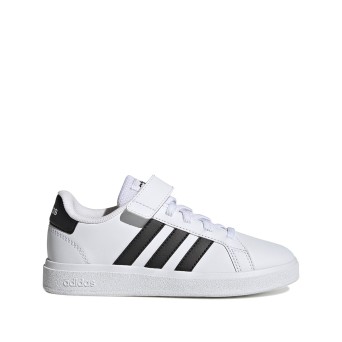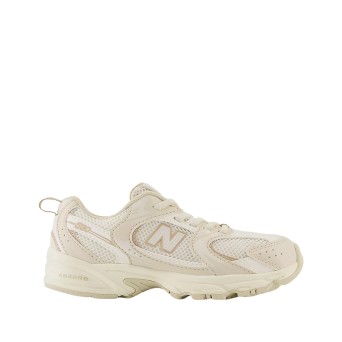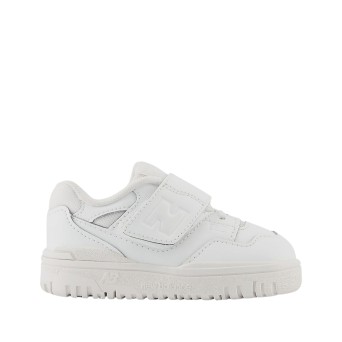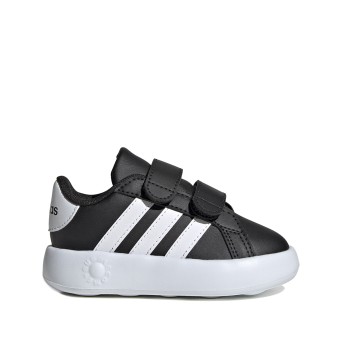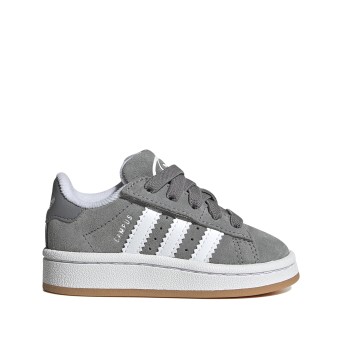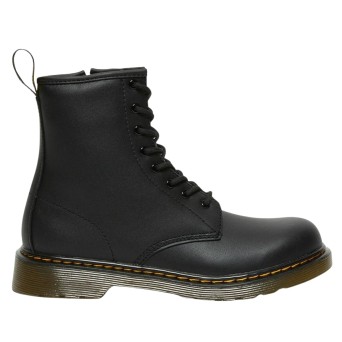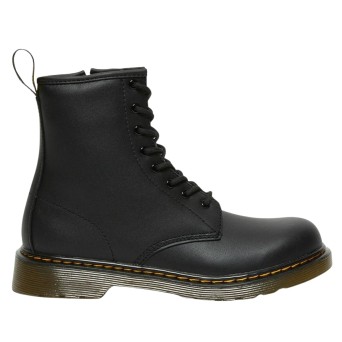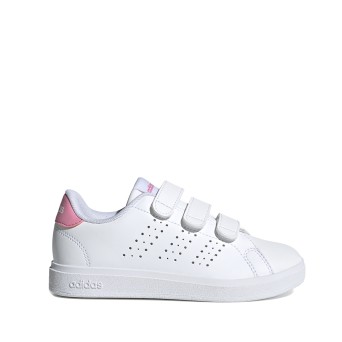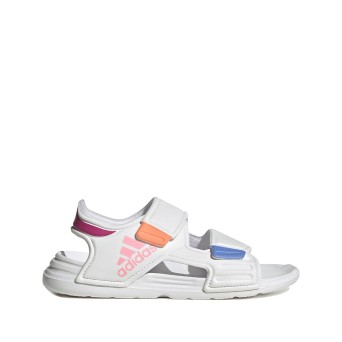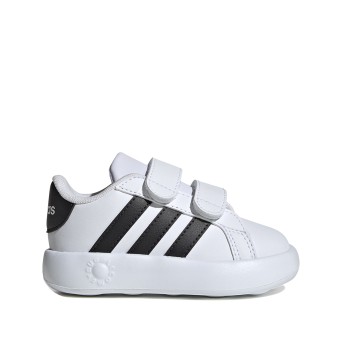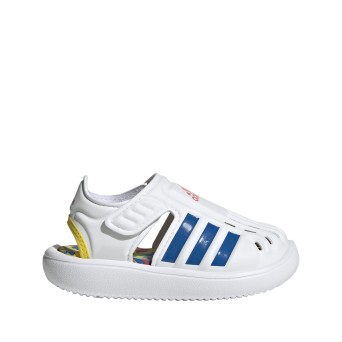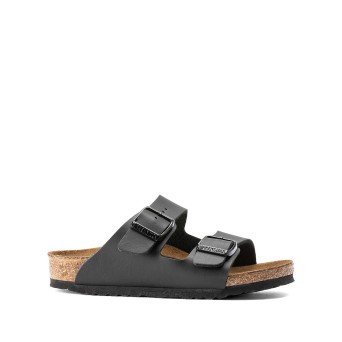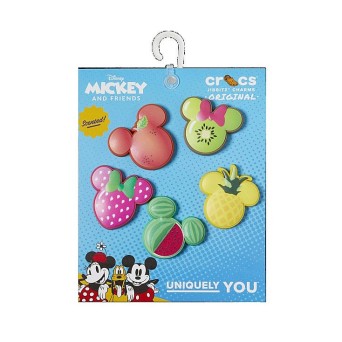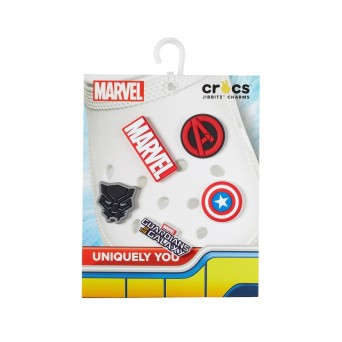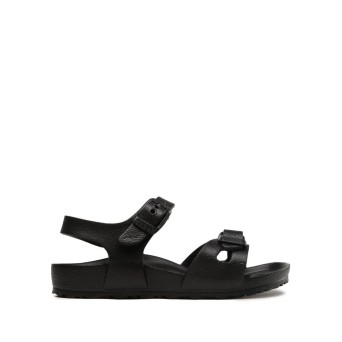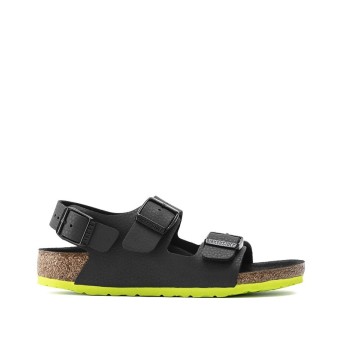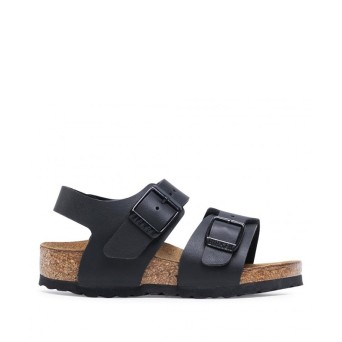Child's Shoes
NEW BALANCE - Unisex Child Sneakers 530 Bungee
NEW BALANCE - Unisex Child Sneakers 550 Bungee Top Strap
NEW BALANCE - Unisex Child Sneakers 550 Bungee
ADIDAS ORIGINALS - Sneakers Campus 00s Elastic Lace
ADIDAS - Unisex Child Sneakers Grand Court 2.0
ADIDAS - Tensaur 2.0 Hook and Loop Sneakers
ADIDAS - Tensaur 2.0 Hook and Loop Sneakers
ADIDAS - Grand Court 2.0 Children's Sneakers
ADIDAS ORIGINALS - Sneakers Campus 00s Comfort Closure Infant
DR.MARTENS - Combat boot unisex child 1460 J Softy T
ADIDAS - Advantage Base 2.0 Kids Sneakers
ADIDAS ORIGINALS - Sneakers Campus 00s Comfort Closure Infant
ADIDAS - Fortarun 2.0 Sneakers
ADIDAS - Sneakers Advantage Infant
ADIDAS - Grand Court 2.0 Infant Sneakers
ADIDAS - Breaknet 2.0 Kids Sneakers
BIRKENSTOCK - Sandal Arizona Kids Birko-Flor® Nubuck
NIKE - Court Borough Mid (PSV) Sneakers
BIRKENSTOCK - Sandalwood Milano Kids Birko-flor®
BIRKENSTOCK - Sandalwood New York Kids Birko-flor®
BIRKENSTOCK - Children's Sandal Milan Kids EVA
Shoes for Children
The shoes for children must allow maximum movement and comfort for the little ones. The sneakers, also known as gym shoes, are great for children who spend the day playing and are engaged in dynamic activities. The sandals, to be worn during the summer, allow the foot to breathe, ideal for the beach and water-resistant. Finally, the ankle boots, with or without laces, adapt to multiple occasions, from school to outings or, again, mountain hikes.
How to choose children's shoes online?
To choose the correct size children's shoes:
- Stand the child on a sheet of paper and outline the contour of the feet with a pencil.
- Cut out the shapes and draw a straight line that goes from the big toe to the heel and then two lines perpendicular to this. One parallel to the tip of the big toe and one to the heel. The distance between the two points of intersection of the straight lines represents the child's size.
As a rule of thumb, the shoe should be 1 cm longer than the foot to ensure the movement of the toes and avoid rubbing. Consider the length of the foot in relation to the longest toe which is not always the big toe.



